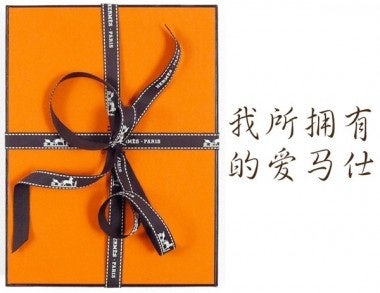Brands Experimenting With Traditional Chinese Ingredients In Cosmetic Lines, Hiring More Chinese Designers#

We often look at luxury brand localization in China, a trend that has become more noticeable as "post-80s" consumers (those born in the post-economic-reform period of the 1980s and more likely than their parents to spend rather than save) have become a force to be reckoned with. With China projected to have 65 million potential luxury consumers by 2020 and set to become the world's largest single luxury market by 2015, luxury brands know they can't afford to ignore the demands of Chinese luxury shoppers, who are younger and less brand-loyal than their counterparts in Japan or developed Western countries.
As a result, some of the more forward-looking international companies are experimenting with materials and designs to give their products a subtle "Chinese soul" while maintaining their innate, foreign luxury status.
From the Chinese Ministry of Commerce (translation by Jing Daily team):
[French media recently] reported that major cosmetic brands are adding ingredients like ginseng and Lingzhi mushrooms that are well known by Chinese people, and an ever increasing number of luxury brands are adding Chinese elements to create new localized sub-brands.
Hermès, for the first time in the brand's history, is creating a new luxury brand in China, "Shang Xia," with everything from design to brand management and sales completely localized. LVMH's cognac brand Hennessy bought [baijiu maker] Wenjun Spirits, beginning a new [era of] cooperation with the Chinese spirits market. L'Oreal used acquisitions -- buying the local Chinese cosmetics brand Yue-Sai -- to achieve greater development in China.
It has been reported that China's "post-80s" generation has a strong demand for luxury goods. The nationalism seen among this generation, raised in the era of "reform and opening," has caused major luxury brands to consider the issue of brand localization.
In haute couture, fur, watches and other luxury products, Europe has always been at the forefront. However, China's plan for developing its luxury industry is very simple: buy Western brands. Buy vineyards in Bordeaux, buy the Omas fountain pen brand from LVMH and so forth.
The rate of development of Chinese luxury brands has surprised many. French media quoted luxury brand management expert Xavier Legentil, who said, "China has been waiting for its luxury era to come, and now, it's arrived."